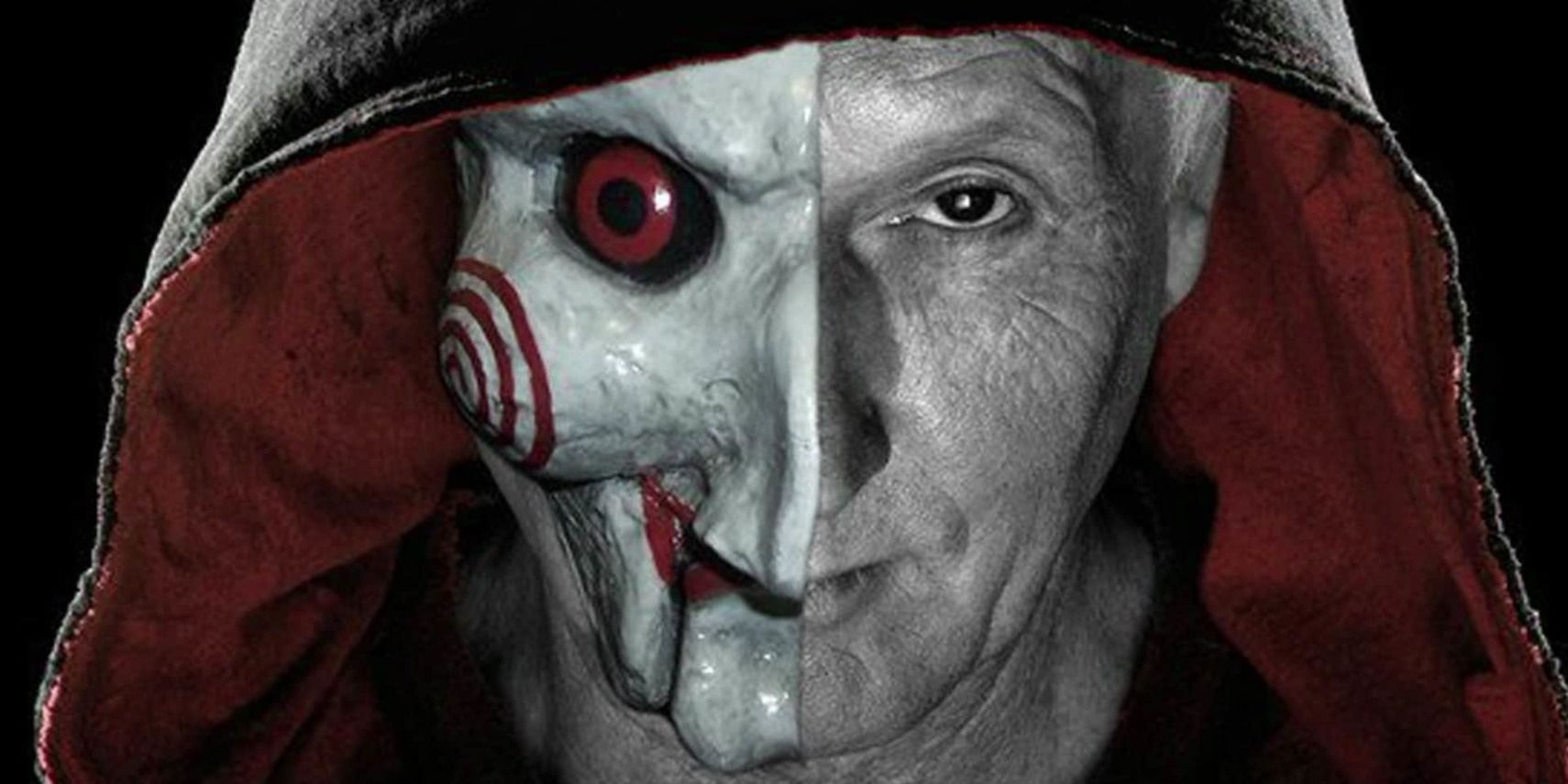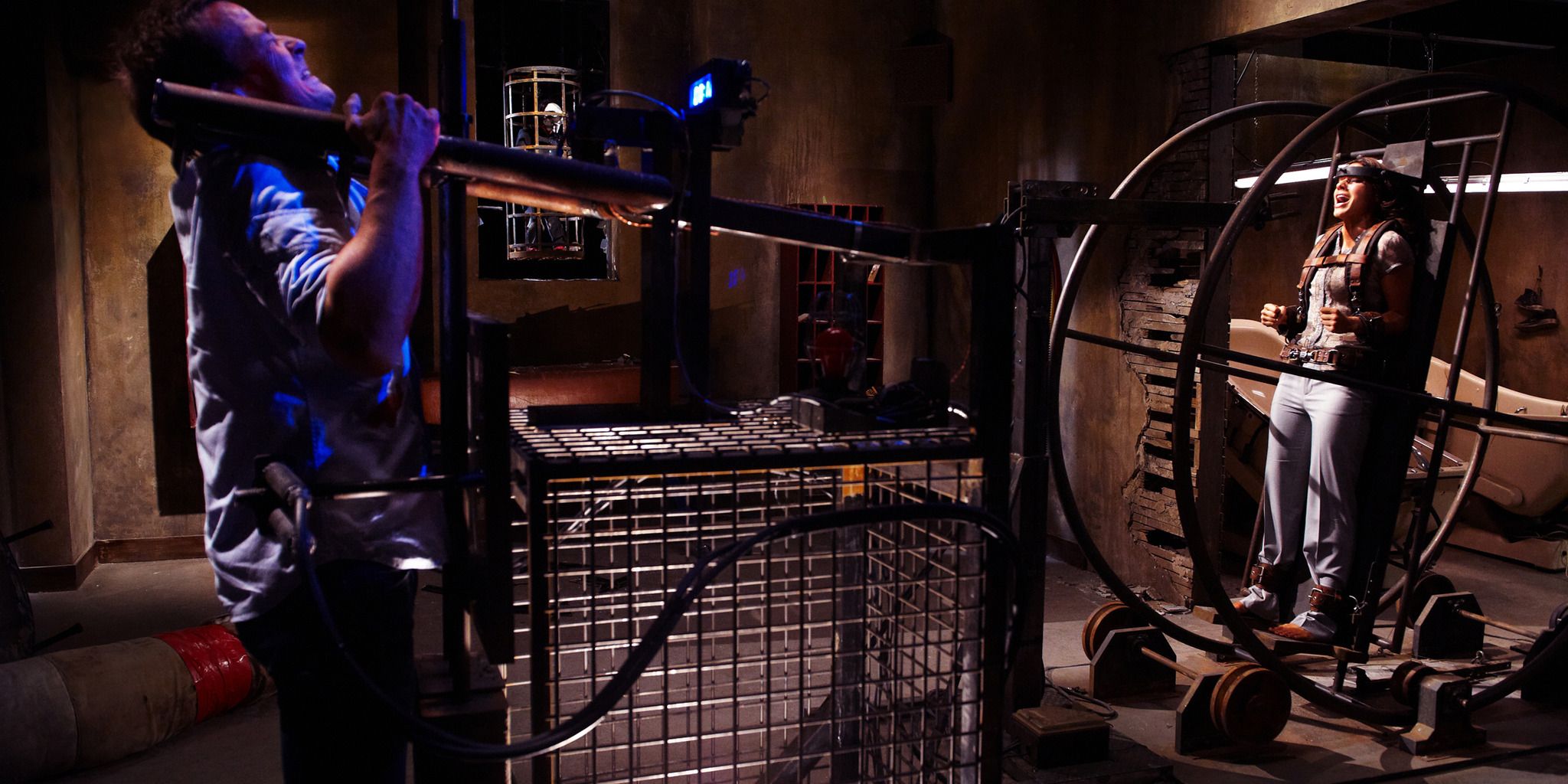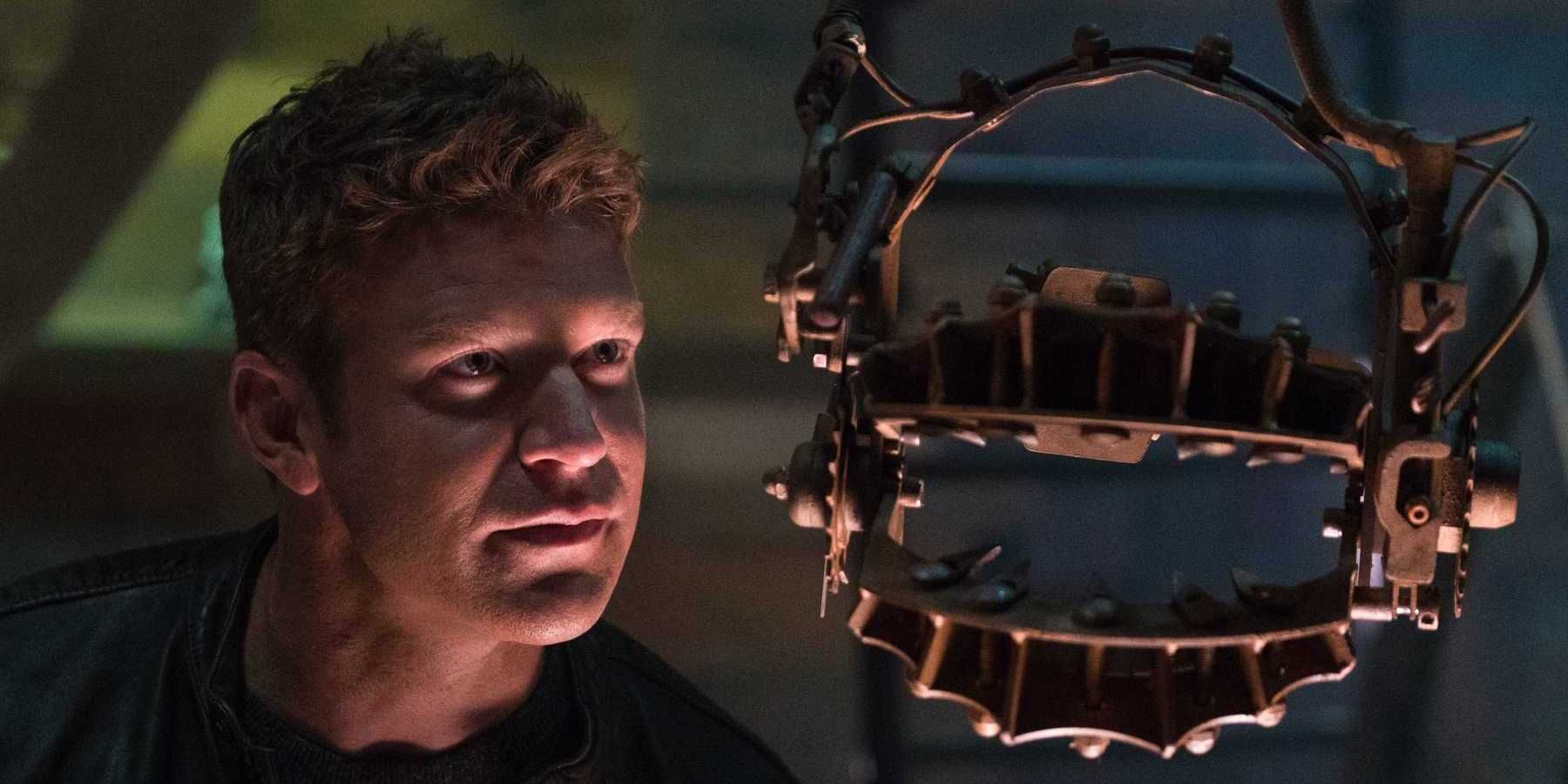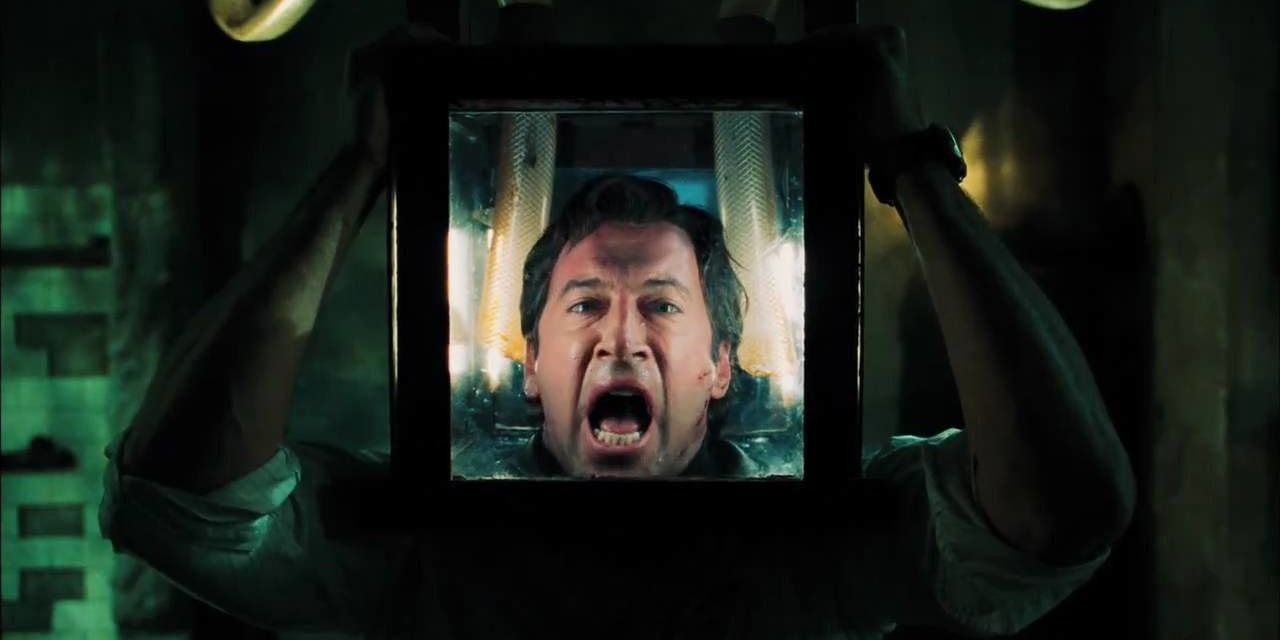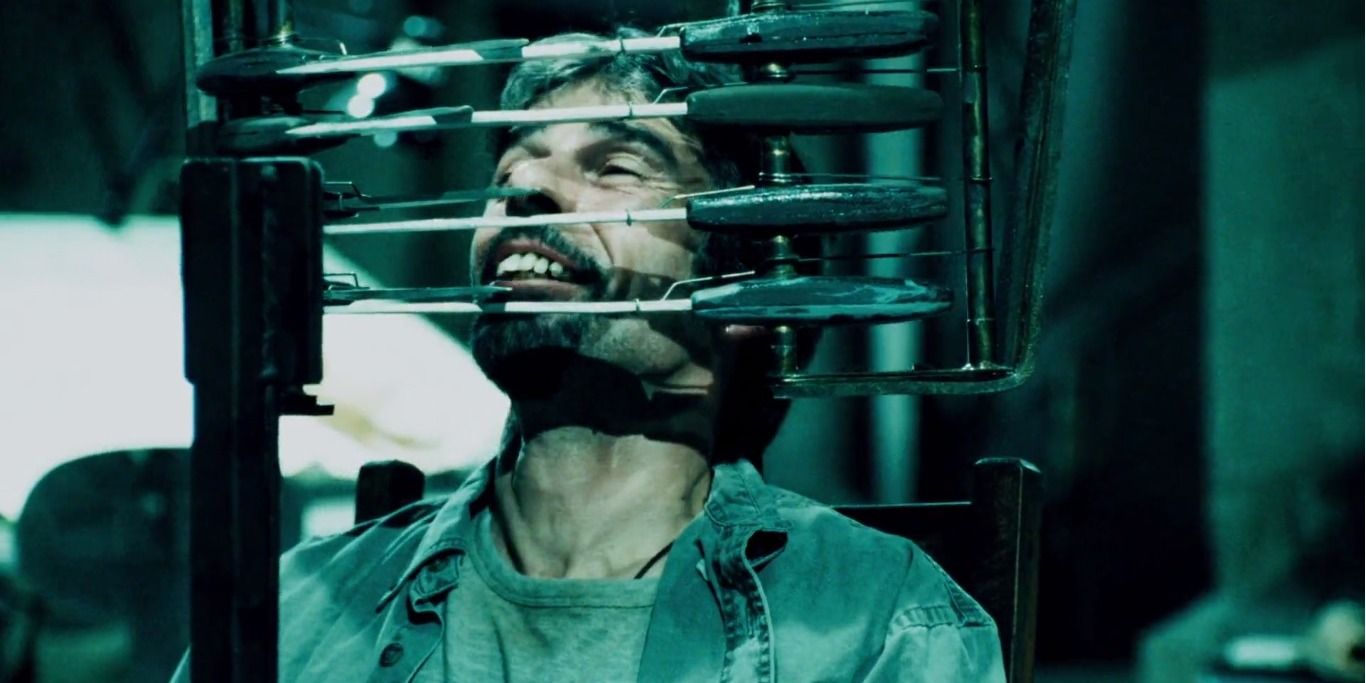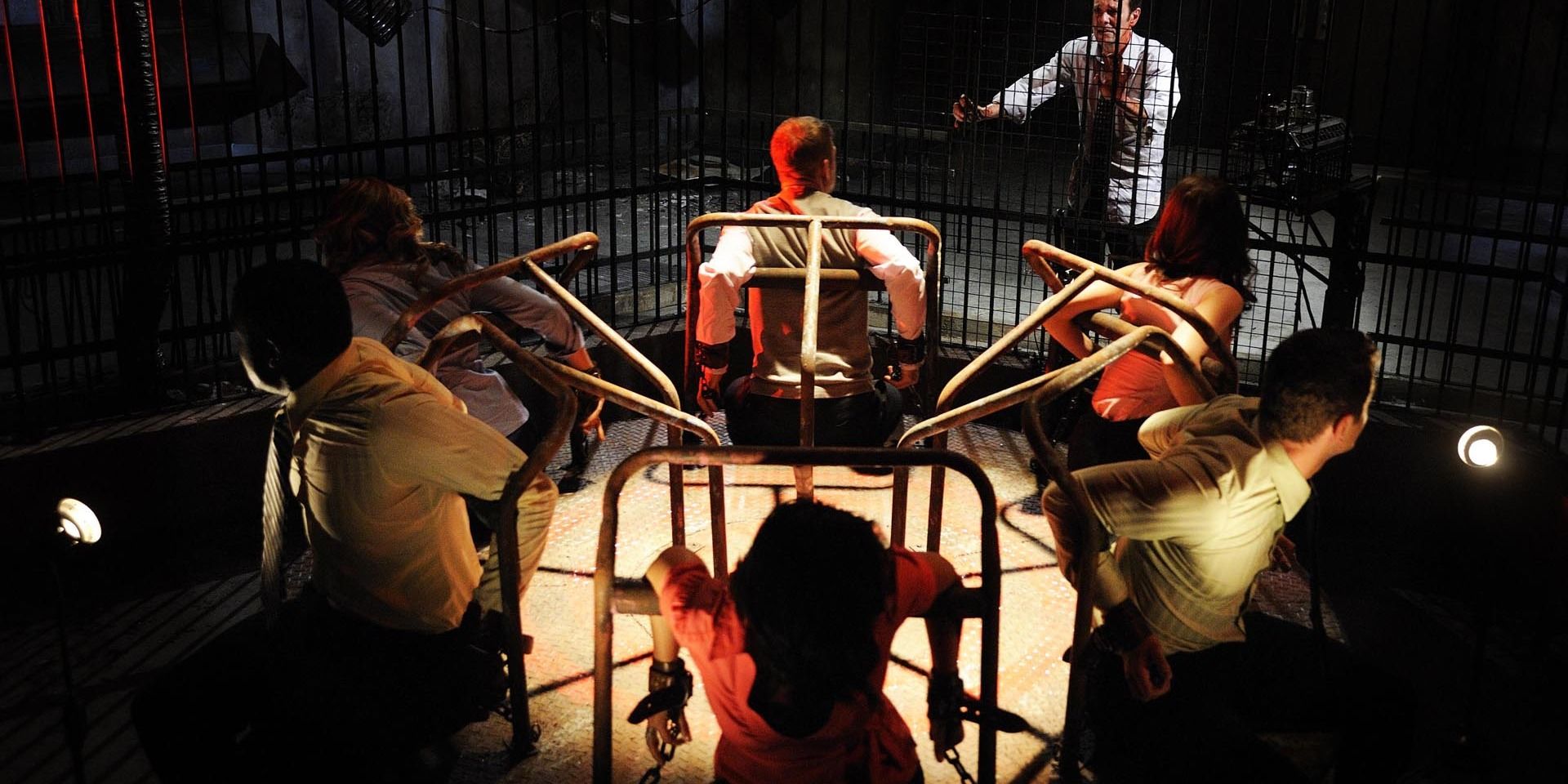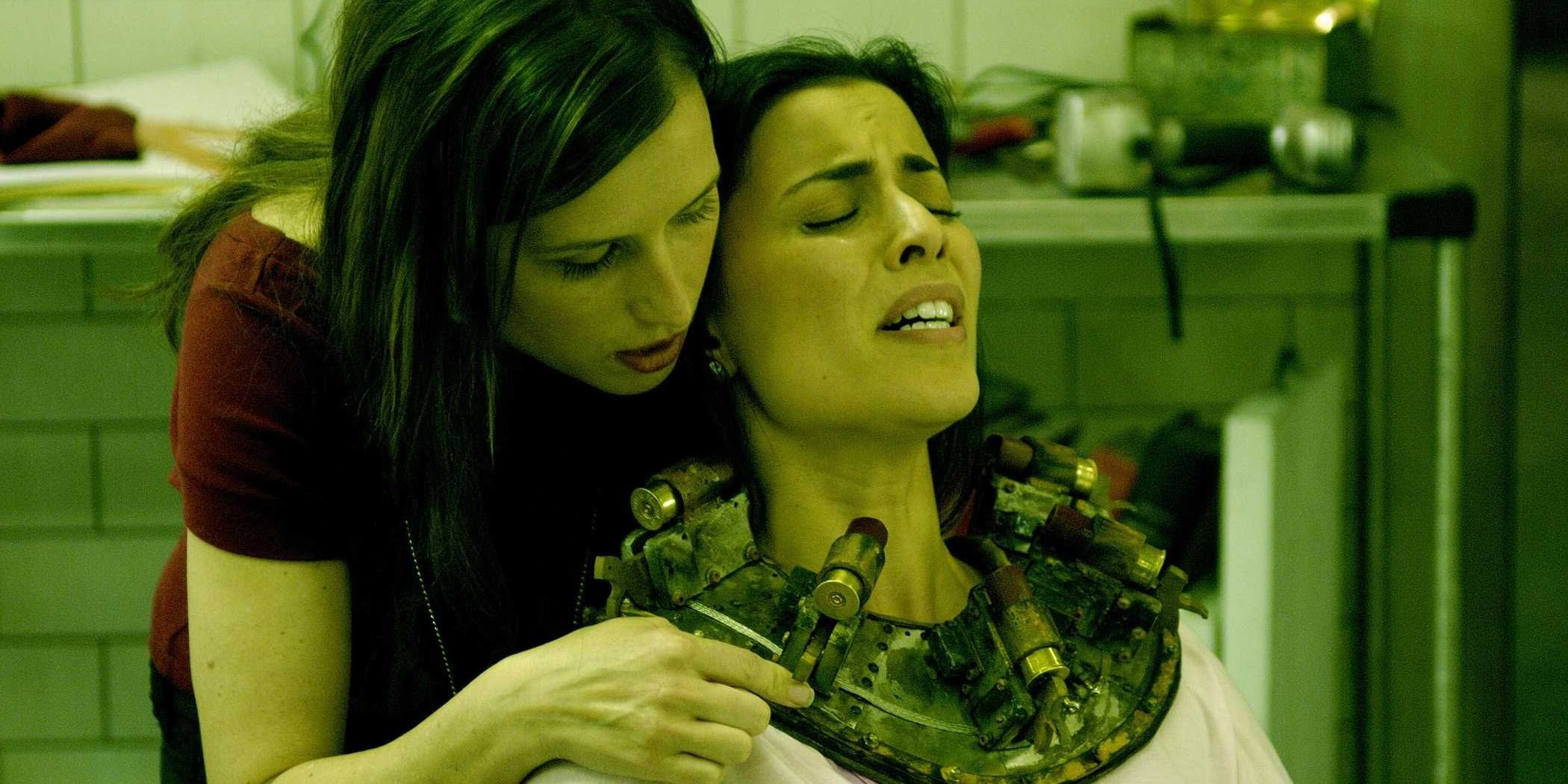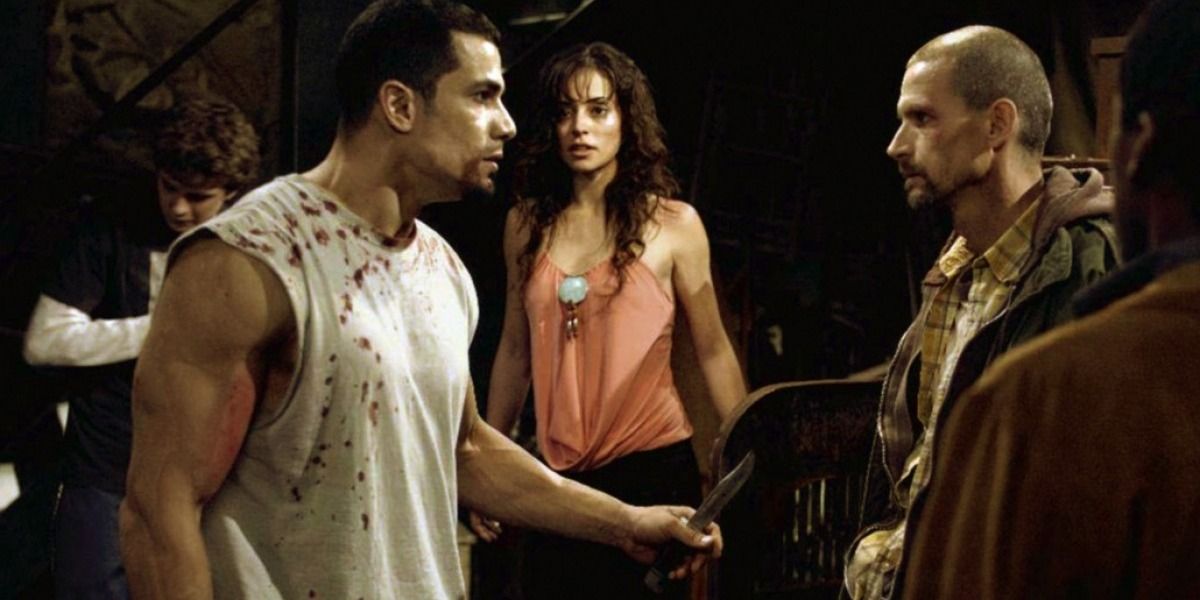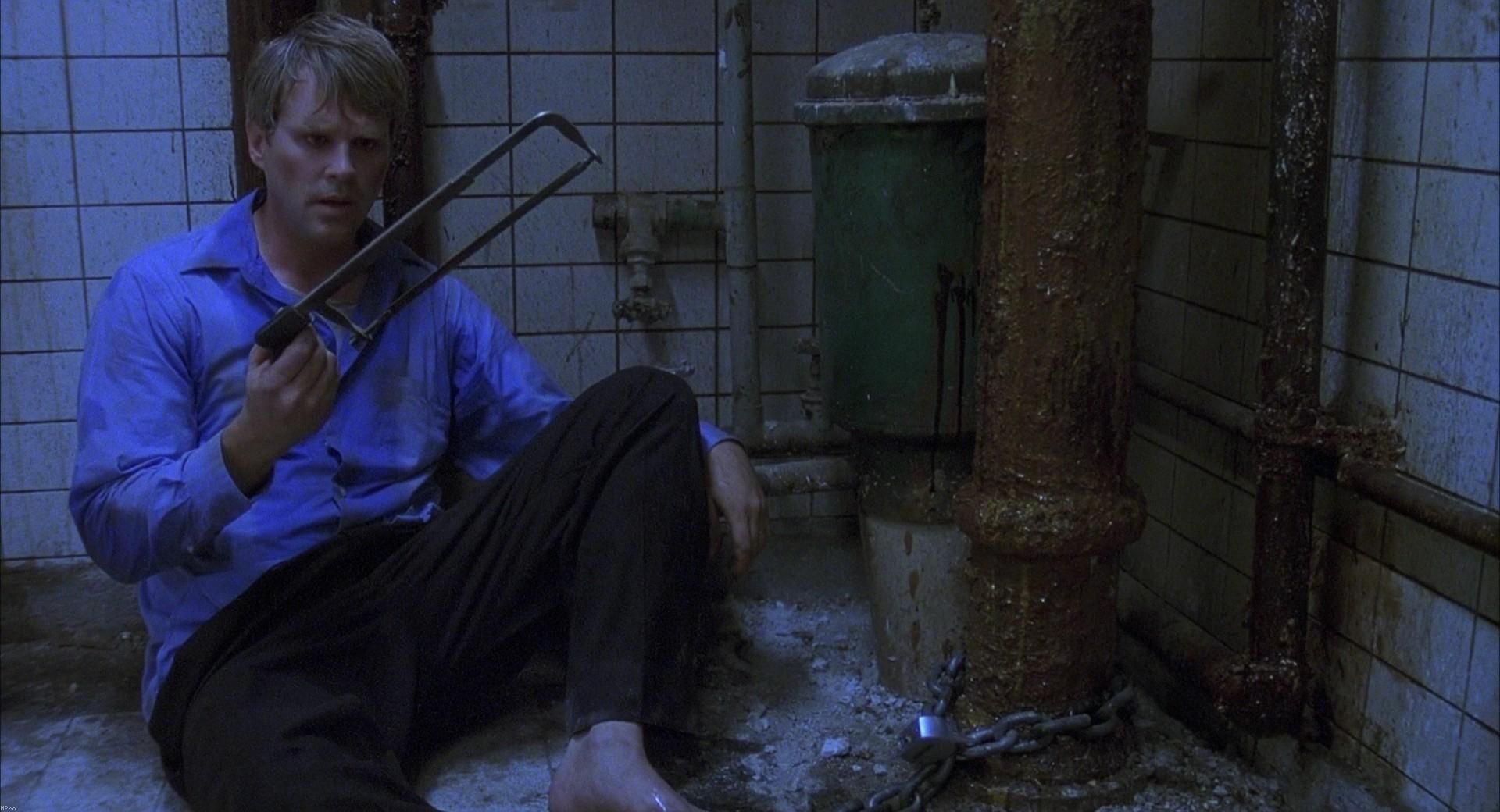The Saw franchise gave the torture-porn style of horror movie its first shock of mainstream popularity, beginning in 2004 with the first film's release. The original movie was created and directed by modern horror juggernaut James Wan, also the creator of The Conjuring cinematic universe. Saw was his directorial debut, and he co-wrote the story with his friend Leigh Whannell, who also starred in the movie.
The debut was met with overwhelming success and grossed over 80 times the production budget. So obviously this idea could make money, and Hollywood proceeded to do what it does best — produce sequels. As with any long-running franchise, the quality of each subsequent film varies wildly, and only an exceptional few sequels ever come close to matching the success of the original. We're ranking every Saw movie, based on IMDb rating.
Saw 3D: The Final Chapter (5.6)
This film was alternately known as Saw VII, and there was originally a Saw VIII planned. However, due to the box office returns diminishing for new entries in the franchise, the eighth installment was scrapped. Elements of its plot were incorporated into Saw 3D instead. The film focuses on two parallel stories. In one, a man who falsely claimed to have survived a Jigsaw trap finds himself subjected to one for real. At the same time, Jill Tuck (Jigsaw's ex-wife) informs authorities that Detective Mark Hoffman is the one responsible for the continuing Jigsaw games.
The film was derided as sloppy and poorly plotted, with lackluster acting. It relied too heavily on flashbacks for any kind of coherence in the story and lacked any kind of depth. The creative juices for the franchise had long run dry.
Jigsaw (5.8)
Of course, any movie labeled "The Final Chapter" is sure to have a sequel, and Saw 3D was followed up by Jigsaw in 2017. This movie takes place ten years after John Kramer's supposed death. When bodies fitting the Jigsaw M.O. start showing up again, Detectives Hunt and Halloran begin an investigation to track down the killer. In true Saw fashion, the actual plot is intercut with scenes of a Jigsaw game with five individuals trapped in a barn and ordered to "confess their sins" or die. Eventually it's revealed that Kramer is still alive and another character is one of his apprentices — oh, and the barn game happened ten years ago. Despite being a commercial success, Jigsaw just didn't capture what made the series intriguing.
Saw V (5.8)
The fifth installment primarily focuses on Detective Mark Hoffman, detailing the events that led to him becoming an apprentice of the Jigsaw Killer as well as what he must do to prevent anyone discovering his secret. FBI Agent Strahm starts to put together the pieces of Hoffman's involvement and tries to bring him to justice, but in the end is killed by a trap while Hoffman escapes. The game part of this film is particularly disconnected from the actual plot and has no real bearing on the overarching story. It was received negatively by critics for its bad performances and plot, but most of all for the lack of Tobin Bell, who played John Kramer.
Saw IV (5.9)
This was the first Saw movie to take place after John Kramer's death. Now, we all know that didn't stick, but no one figured it out when Jigsaw told everyone, "If I had terminal brain cancer I would simply survive." The fourth movie establishes that Jigsaw can continue to manipulate people into carrying on his legacy. The plot follows Officer Daniel Rigg as he goes through a series of tests to force him to let go of his compulsion to save everyone, paradoxically while attempting to save his partner. This is the movie that reveals Detective Hoffman has been an accomplice of Kramer's for some time, and he leaves Rigg to die when Rigg is unable to identify which character is actually the game's orchestrator. Critics generally graded it poorly and claimed that the Saw franchise was gradually eroding in quality with each subsequent installment.
Saw VI (6.0)
The sixth movie continues to follow Jigsaw apprentice Hoffman as he struggles to protect his secret identity. He manages to frame Strahm as a suspect and the FBI pursues that lead, despite Strahm's death in Saw V. Hoffman goes to Jill Tuck to explain he's taking up Jigsaw's mantle and Jill hands over information on people to be tested.
However, at the end it's revealed that Jill had one last file with Hoffman's name on it and puts him into the reverse bear trap mechanism, but doesn't leave him a key, hoping to ensure his death. He manages to escape by breaking his hand and ripping open his cheek, going on to make even worse movies in the future. This movie was a slight uptick in critical reception for the flagging strength of the franchise, but it still suffered from a lack of creativity compared to earlier entries.
Saw III (6.2)
Before later twists would render the plot redundant, this movie was the last before Jigsaw's death. The film focuses heavily on his relationship with Amanda Young. It also follows Jeff, a man whose son was killed in a hit-and-run and instructed to let go of his vengeance, and a doctor, Lynn, tasked with keeping Kramer alive to witness his final test. While the film had something to offer both in its actor performances and gory torture devices, it was criticized for its lack of tension. The script incorporated many flashback sequences that interrupted the pacing of the film and sucked away the suspense that made the original film compelling.
Saw II (6.6)
The very first sequel provides some backstory about John Kramer and gives some explanation of his reason for becoming Jigsaw. Kramer is apprehended by police in the beginning, but manages to capture the arresting officer in one of his traps. It also shows another ongoing game featuring eight people, one of whom is the officer's son.
It was the movie that established the long-running trope of one of the victims being revealed as an accomplice working behind the scenes the entire time, specifically Amanda Young. Some reviews actually criticized the gruesome nature of the movie, as if that wouldn't become a major part of what drew people to the franchise in the future, after we all got good and desensitized. It was classed as a fun movie for fans of the original, but not able to step out of the shadow of its predecessor.
Saw (7.6)
Surprising no one, the best rated film in the Saw franchise is Saw itself. It starred Cary Elwes and Leigh Whannell as two men chained in an abandoned bathroom, each ordered to kill the other or else their families will be killed. As the film progresses, it becomes clear that the men are more connected than they realize and that Jigsaw has his reasons for testing both of them. Even the best movie in the series received mixed critical reception upon its release, with some describing the plot as convoluted and unpleasantly nihilistic. However, the clever plot and memorable gory set pieces, especially on such a low budget, were more than enough to spawn a whole slew of other movies trying to capture just a glimmer of what this movie accomplished.

